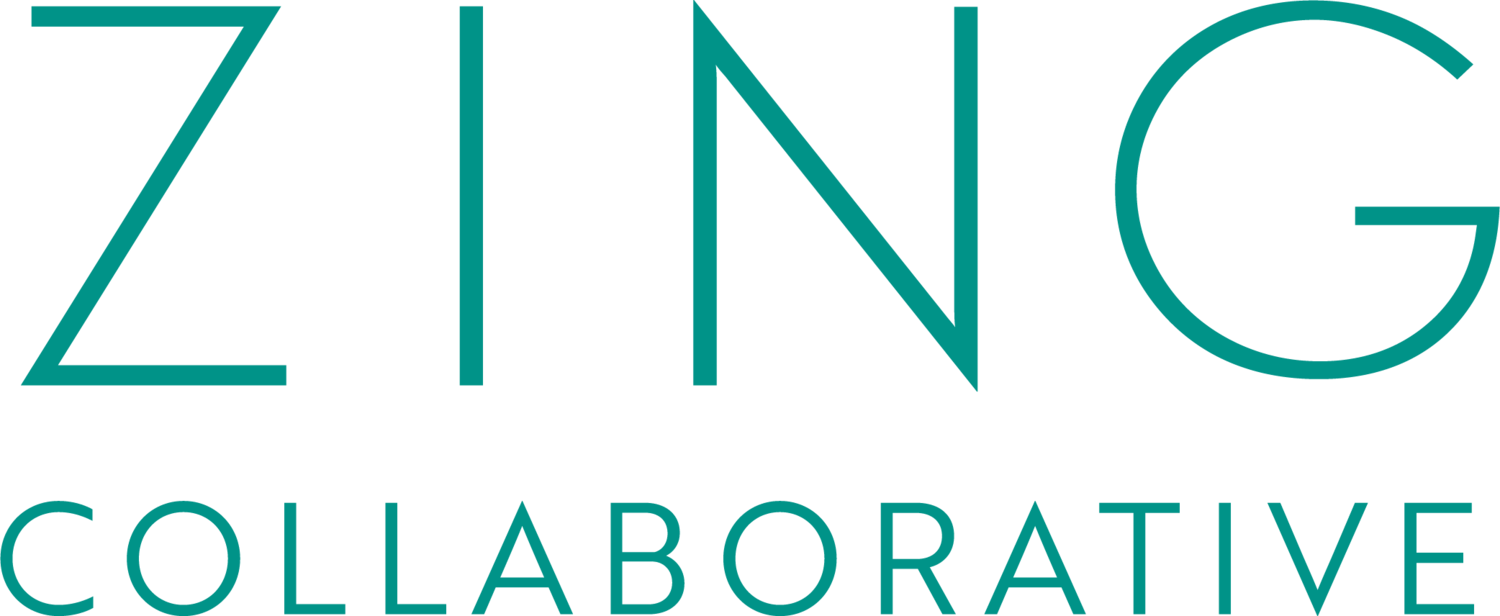3 WAYS TO BRING A COACHING-BASED APPROACH TO YOUR LEADERSHIP IN THE NEW YEAR
Myth: Coaching our team members at work is hard and takes a lot of time.
Reality: Coaching can actually be much more efficient and much more impactful than feeling like we a) need to know all of the answers or b) taking on our team members' monkeys (cue Ken Blanchard) throughout our days and weeks.
Additionally, Gallup recently found that the number one skill that managers need to know is how to be a great coach. In a world that is increasingly complex and fast-paced, it is simply impossible to know all of the answers. Instead, we need to get better at asking questions.
Here are three ways to effectively incorporate a coaching-based approach into your leadership in the year ahead.
1. LEAD WITH CURIOSITY.
Allow yourself to be genuinely curious about what's happening with your team members. Set aside assumptions and pre-conceived stories and ideas.
To set aside assumptions and pre-conceived stories and ideas, consider asking the following questions prior to important conversations:
What do I need to clear or set aside?
What assumptions am I bringing into this conversation and what impact might they be having on how I show up or how I lead? What would be different or possible without these assumptions?
For things we think we know, ask ourselves: is it true? Can I be absolutely certain that it’s true? And what could it look like to set aside what I think I know, to be open to what I hear and what emerges?
2. LISTEN FULLY TO WHAT'S BEING SAID.
Resist the urge to respond with opinions and advice, or to rehearse what you want to say while the other person is talking. If you find yourself doing either of these things, simply notice it in the moment, and come back to presence.
As hard as it is, also resist the urge to share “advice disguised as a question,” which typically sounds something like this:
Have you considered…….
Have you thought about….
How about….
Why don’t you do…..
Hard, I know. As humans we love sharing opinions and advice. While advice and opinions can be helpful at times, often we create the most powerful outcomes when we empower our team members to uncover answers on their own, and when we open ourselves up to what’s possible, in addition to what we already know.
If you struggle mightily with all of this (and if you do, please rest assured that you’re not alone), consider experimenting with voice mirroring, which involves saying the words the other person is saying one by one to yourself in real time as you listen. This helps to get “over there” with the other person, rather than being in your own head with your thoughts, judgments, opinions, and prepared responses.
3. ASK POWERFUL QUESTIONS.
Powerful questions are concise, open ended, and begin with "what" or "how." Examples of powerful questions include:
What’s important to you?
What’s your ideal outcome from this conversation?
What’s possible?
What matters most?
What does success look like?
How would you like to move forward together?
How would you like to communicate along the way?
How can we work most effectively together?
What else?
In addition to creating an empowering environment on our teams and in our organizations, embracing a coaching-based approach frees up more of our time as leaders. We begin to remove ourselves as the bottleneck and the keeper of all decisions/opinions/final sign-offs, and instead empower our team members to create great outcomes on their own.

